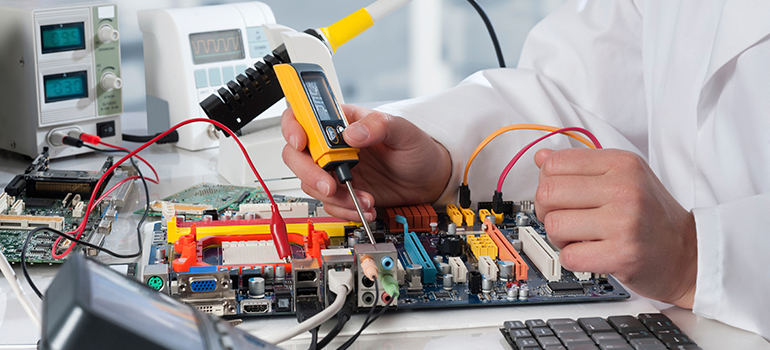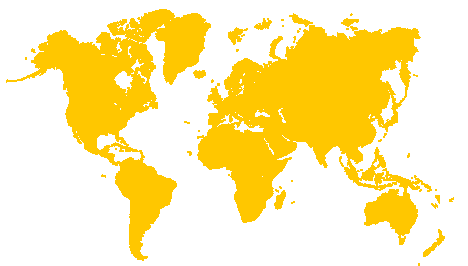ICT Standards Updates

What's New in 2019
19 March 2019
The information and communication technology (ICT) industry constantly sees changes to relevant standards, for multiple sectors. It's important to understand what the changes are and, more importantly, what is required for manufacturers regarding these changes and updates. Here is a breakdown of important ICT standards for Power over Ethernet:
- Ethernet Technology: IEEE 802.3bt was approved in September of 2018 and published in December of that year. The standard increases the power delivery beyond 90 watts (W) at the Powered Device (PD). This represents a substantial change to the capabilities of Ethernet with standardized power; allows higher power delivery under the newer Type 3 and Type 4 for 51-60 W and 70-91 W, respectively; and enables many new use cases such as videoconferencing, IP security cameras, nurse call systems etc.
- Cable Standards: There are two standards to be aware of:
- TIA-TSB-184-A, published March of 2017, which provides cabling guidelines for proper support of remote powering. It aims to minimize the temperature rise in groups or bundles of cables that support DC power delivery. It includes guidance and recommendations for the installation and management of twisted-pair copper cables that will support the supply of direct-current (DC) power to networked devices and carry data to those devices.
- UL 444, Fifth edition published January of 2017, and the latest National Electrical Code, or NFPA 70, edition 2017, have been updated to include cable heating test for -LP marking. Marking is based on three components: cable's maximum rated temperature listing; amount of electric direct current applied to each conductor; and the temperature rise in the center of a 192-cable bundle associated with the electric current applied.
- Connectivity Standards: For mechanical endurance under electrical load, IEC 60512-99-001, from August of 2012 is the current standard and applies to PoE+ applications; IEC 60512-99-002 is the future standard for PoE++ applications. Additionally, manufacturers must ensure the testing and assurance of connectivity performance (contact resistance, voltage proof and insulation resistance) after being engaged and separated under electrical load (which may cause arcing) and accelerated ageing (mixed flowing gas exposure).
These are only some of the many standards that apply to the ICT industry. A trusted partner can be a valuable tool in helping to know and understand industry requirements and standards and to ensure that new products comply with these requirements. It is also best to ensure you stay informed of updates and trends within the industry to help bring your products to market.
Antoine Pelletier is a project engineer specializing in ICT Equipment – Wire & Cable. In this role he works with clients on their assurance, testing, inspection and certification needs. He holds five US patents, is a member of the TIA TR-42 committee, where he leads a task group and holds a bachelor's degree in electrical engineering from École de Technologie Supérieure in Montréal.
Tags: 2019 | Antoine Pelletier | Electronics and Appliances

Antoine Pelletier,
Project Engineer


